View Auction
Ended on Mar 4, 2021 PST
Mar 04, 10:46 AM PST
| CST / Beijing | Mar 05, 2021 02:46 AM |
|---|---|
| CEST / Berlin | Mar 04, 2021 07:46 PM |
| CDT / Chicago | Mar 04, 2021 12:46 PM |
| MSK / Moscow | Mar 04, 2021 09:46 PM |
| MDT / Denver | Mar 04, 2021 11:46 AM |
| EDT / New York | Mar 04, 2021 01:46 PM |
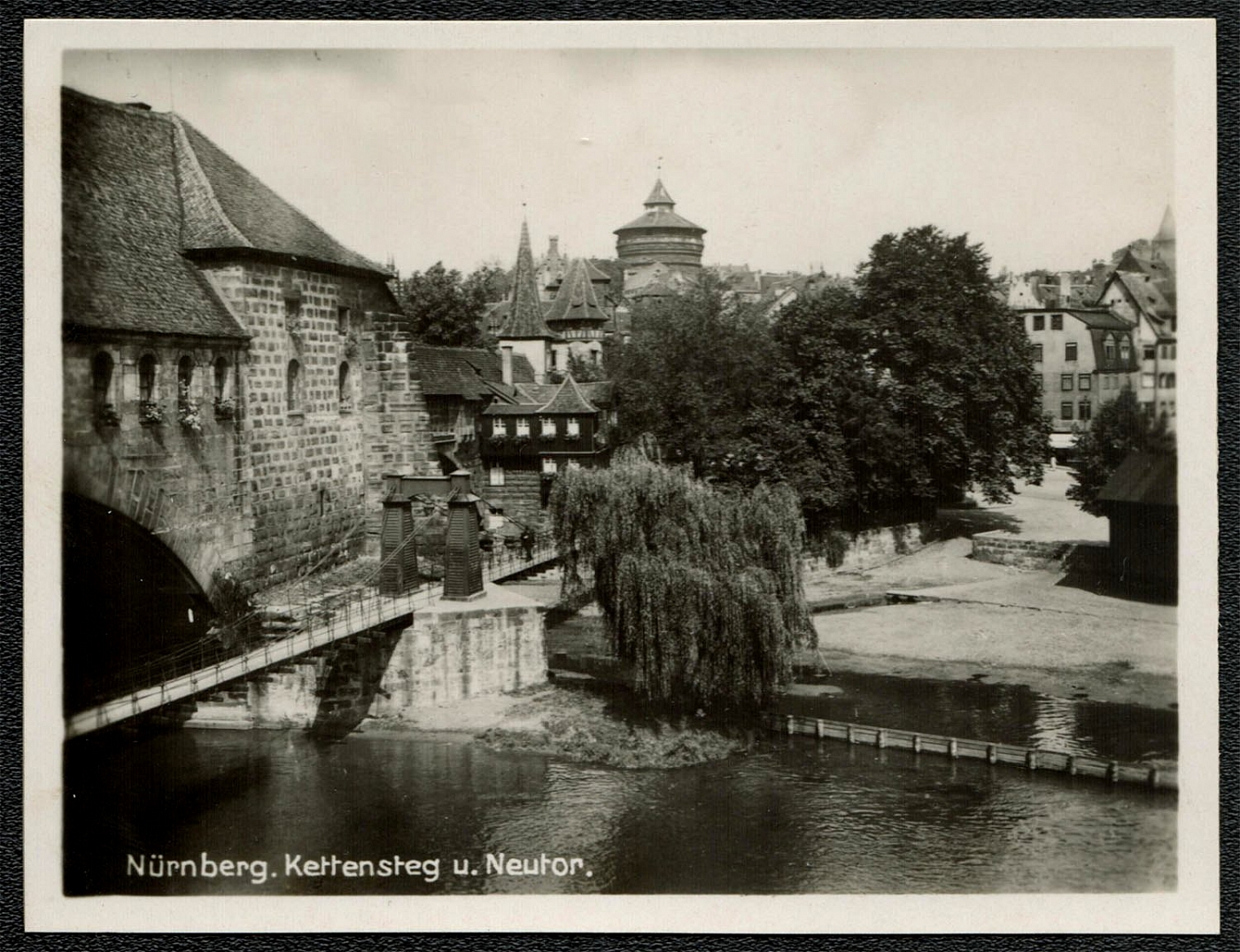
Nuremberg. Photo Ketten Bridge and the New Gateway
Lot 866
“The old castle (Kaiserschloss). is placed on a rock on the north side of the town. This dates most probably from the early part of the 11"' century, but it received its present form mainly during the reign of Emperor Frederick I about 150 years later. It was restored in 1854-56. In the Heidenturm are two late Romanesque chapels, one above the other. Other parts of the castle are the pentagonal tower, the oldest building in the town, wherein are preserved the famous “iron virgin of Nurnberg,” and other instruments of torture; the granary (Komhaus). also called the Kaiserstallung-, and the Vestnertor or Vestnerturm.
The castle of Nurnberg was a favorite residence of the German sovereigns in the middle ages, and the imperial regalia were kept here from 1424 to 1796. Near it are the remains of the burg of the Hohenzollerns. the principal existing part of which is the chapel of St. Walpurgis, which was destroyed with the rest of the building in 1420, but was restored in 1892. Not far from these ruins stands the Luginsland, a stronghold with four corner turrets, said to have been built by the burghers in 1367 as a watchtower against the burg of the Hohenzollerns.
Nurnberg contains several churches, the finest of which are those of St. Lorenz, of St. Sebaldus and of Our Lady. All three are Gothic edifices and are notable for their elaborately carved doorways, in which free play has been given to the exuberant fancy of the Gothic style. The Church of St. Lorenz, the largest of the three, was built in the 13"' and 14"’ centuries and has recently been restored. In it is the masterpiece of the sculptor, Adam Kraft, consisting of a ciborium, or receptacle for the host, in the form of a florid Gothic spire 65 ft. high; the carving of this work is exquisitely minute and delicate. The shrine of St. Sebaldus. consisting of a bronze sarcophagus and canopy, in the richest Gothic style, adorned with numerous statues and reliefs, is looked upon as one of the greatest achievements of German art. It was executed by Peter Vischer, the celebrated artist, in bronze, who was occupied on the work for 13 years (1506-19). The Church of Our Lady possesses some fine old stained-glass windows and some paintings by Michael Wohlgemuth. The Tuchersche altar, with its winged picture, is one of the finest works of the Nurnberg School about the middle of the 15"' century. Other noteworthy churches are those of St.
Jacob, founded about 1200 and restored in 1824; and of St. Aegidius.
The castle of Nurnberg was a favorite residence of the German sovereigns in the middle ages, and the imperial regalia were kept here from 1424 to 1796. Near it are the remains of the burg of the Hohenzollerns. the principal existing part of which is the chapel of St. Walpurgis, which was destroyed with the rest of the building in 1420, but was restored in 1892. Not far from these ruins stands the Luginsland, a stronghold with four corner turrets, said to have been built by the burghers in 1367 as a watchtower against the burg of the Hohenzollerns.
Nurnberg contains several churches, the finest of which are those of St. Lorenz, of St. Sebaldus and of Our Lady. All three are Gothic edifices and are notable for their elaborately carved doorways, in which free play has been given to the exuberant fancy of the Gothic style. The Church of St. Lorenz, the largest of the three, was built in the 13"' and 14"’ centuries and has recently been restored. In it is the masterpiece of the sculptor, Adam Kraft, consisting of a ciborium, or receptacle for the host, in the form of a florid Gothic spire 65 ft. high; the carving of this work is exquisitely minute and delicate. The shrine of St. Sebaldus. consisting of a bronze sarcophagus and canopy, in the richest Gothic style, adorned with numerous statues and reliefs, is looked upon as one of the greatest achievements of German art. It was executed by Peter Vischer, the celebrated artist, in bronze, who was occupied on the work for 13 years (1506-19). The Church of Our Lady possesses some fine old stained-glass windows and some paintings by Michael Wohlgemuth. The Tuchersche altar, with its winged picture, is one of the finest works of the Nurnberg School about the middle of the 15"' century. Other noteworthy churches are those of St.
Jacob, founded about 1200 and restored in 1824; and of St. Aegidius.
Condition:
Mint
Period:
1920-1939
1933-45 Third Reich Propaganda & Postal History, Part II - Specialized Auction #13
Live Auction
15% Buyers Premium
436
items listed
 Lake Oswego, Oregon 97035
Lake Oswego, Oregon 97035
1933-45 Third Reich Germany Propaganda auction in 3 parts. More than 1,000 items of German propaganda. Highly specialized auction with many rare and valuable postcards, covers, souvenir sheets, posters, documents, and more. High value and low starting prices.
 Oldlouis Auctions
Oldlouis Auctions
The Big Zemstvo Auction #5 (A - R Towns)
10h 35m | Nov 15, 02:00 PM
The Big Zemstvo Auction #5 (S - Z Towns, Collections, Postmarks)
1d 10h | Nov 16, 02:00 PM
Ukraine & Displaced Person Camps - Auction #40
3d 10h | Nov 18, 02:00 PM
German Occupation of Chelm (Cholm, Ukraine) - Auction #40
4d 10h | Nov 19, 02:00 PM
Germany: WWI Occupations, Postwar Occupation Zones, and Saar - Auction #40
4d 12h | Nov 19, 04:00 PM
Similar items from this auction

1938 Referendum in Austria cover with Scott S10. Postmarked Innsbruck
Lot 624
$20
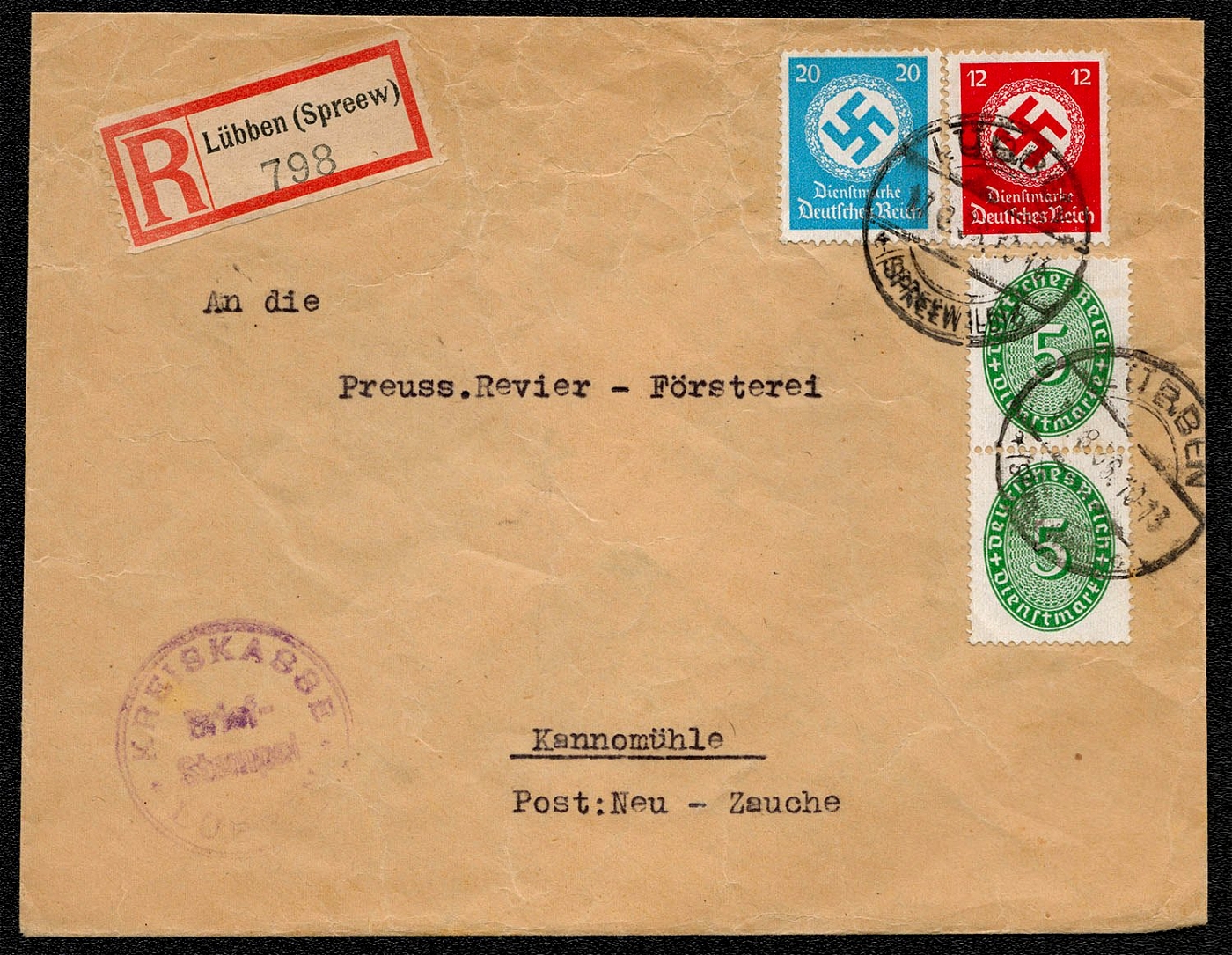
1936 Official mailing franked with Scott 065, 086 and 088 from the District Pay Office of Lubben
Lot 595
$10
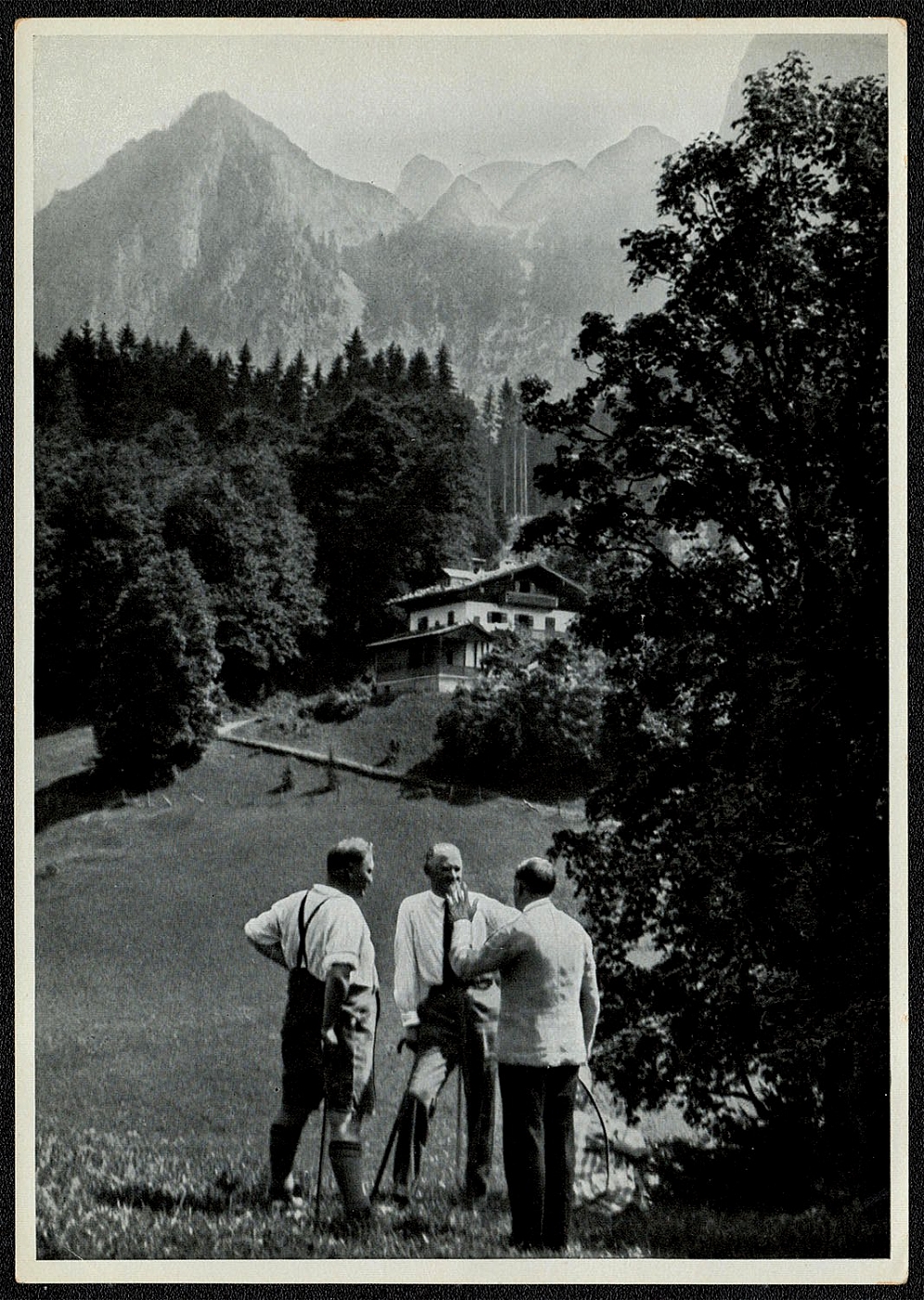
1934 Walkers on the Obersaltzberg, Propaganda Card
Lot 792
$0
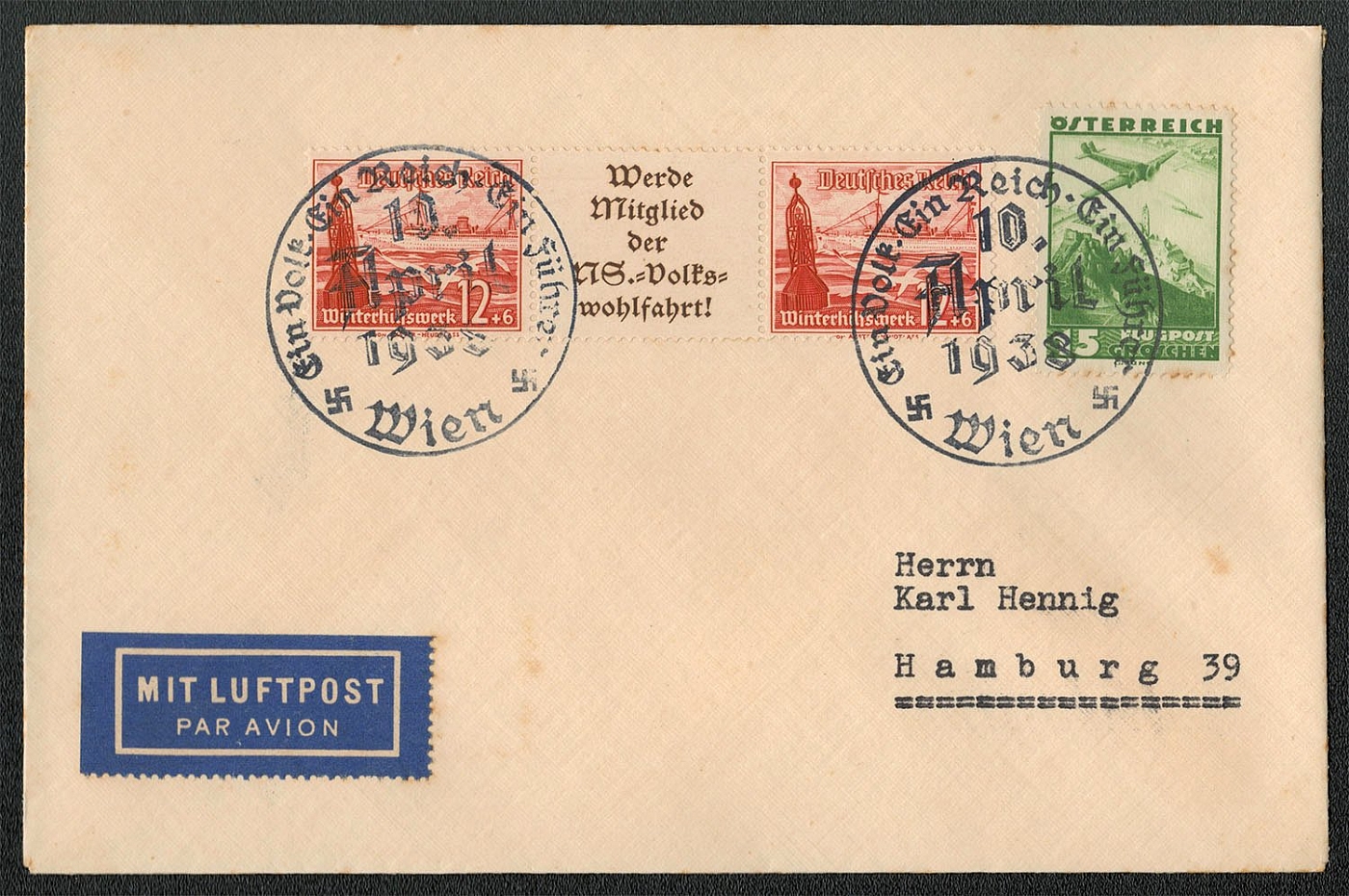
1938 Referendum in Austria Philatelically prepared, but postally used cover with mixed franking
Lot 623
$0
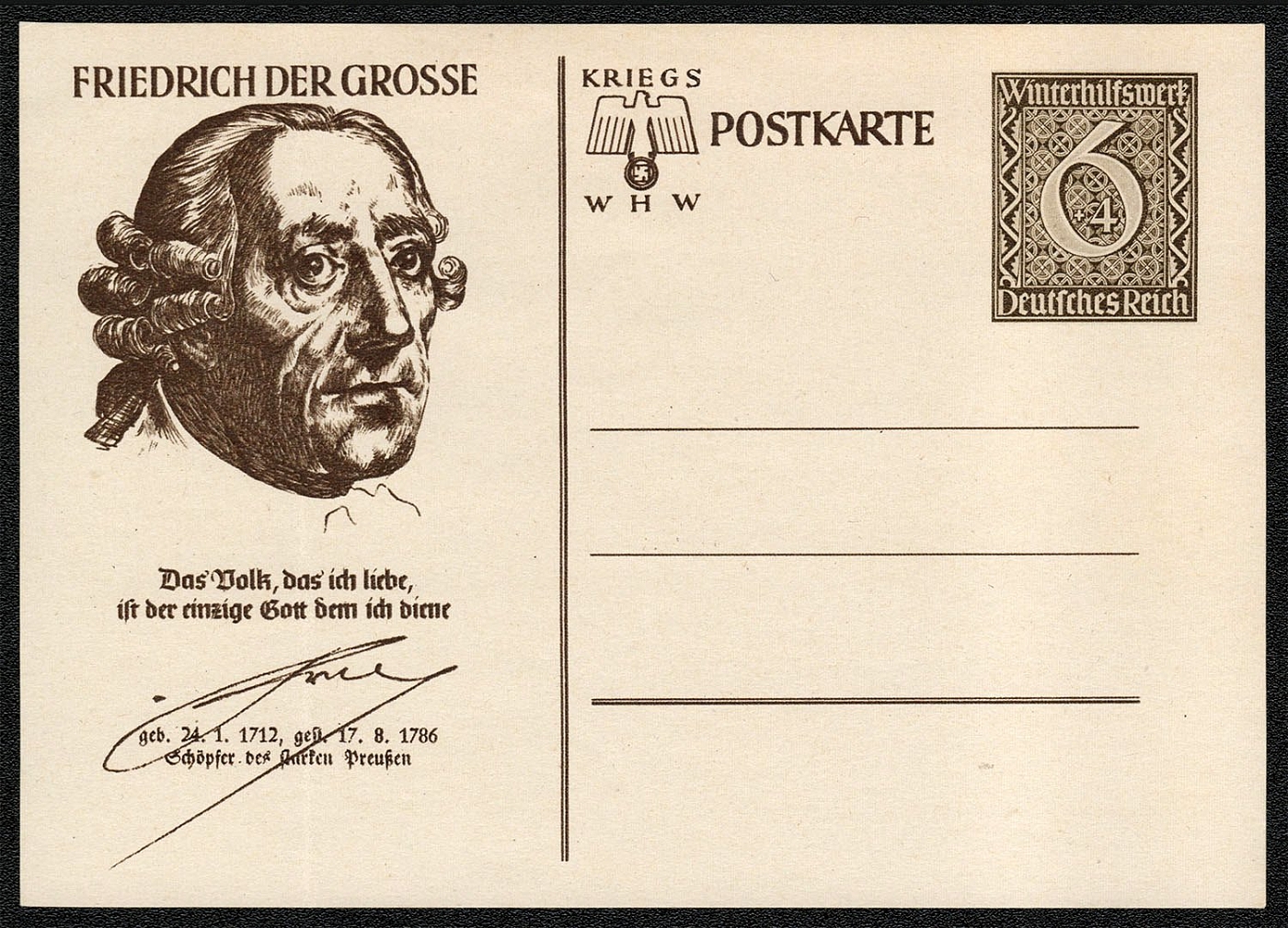
1939 Special card for the 1939 Winter Aid Michel P 285-04
Lot 558
$0